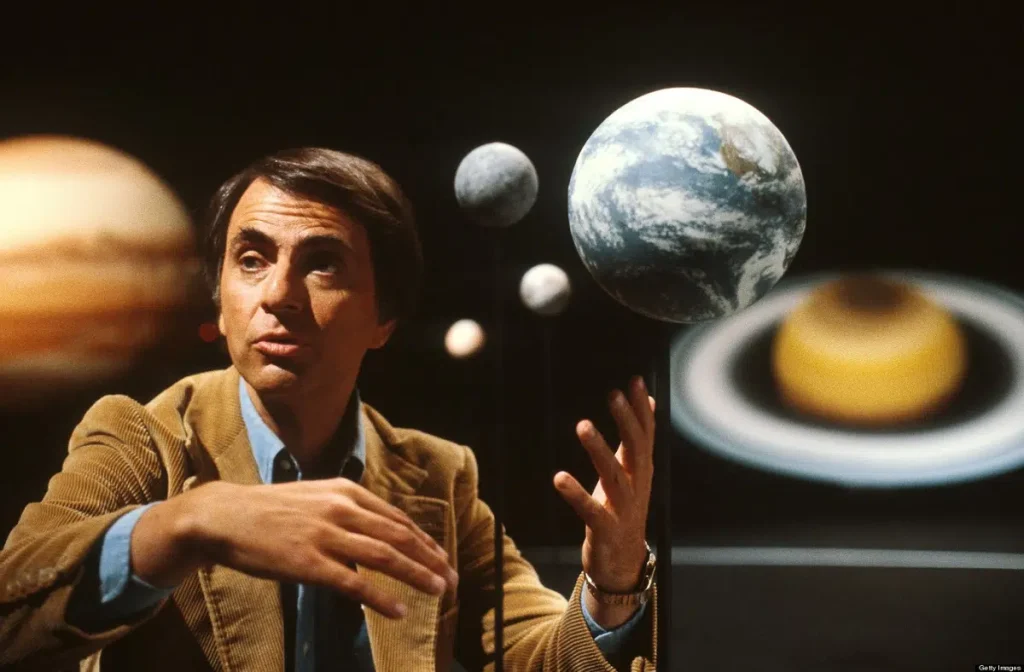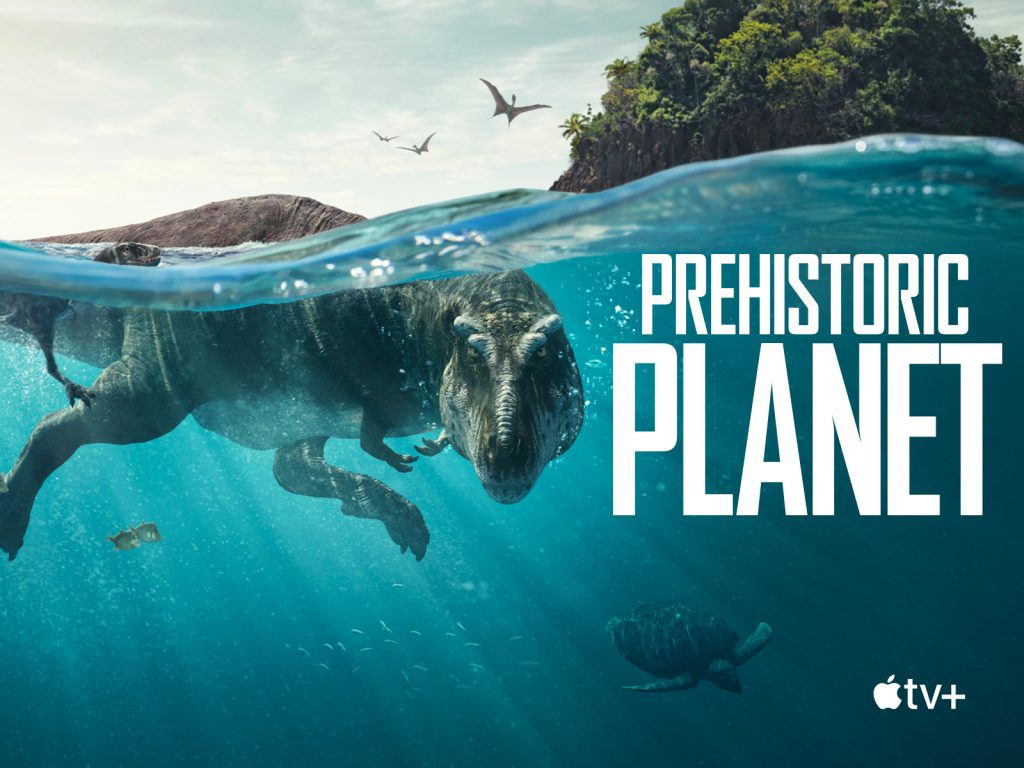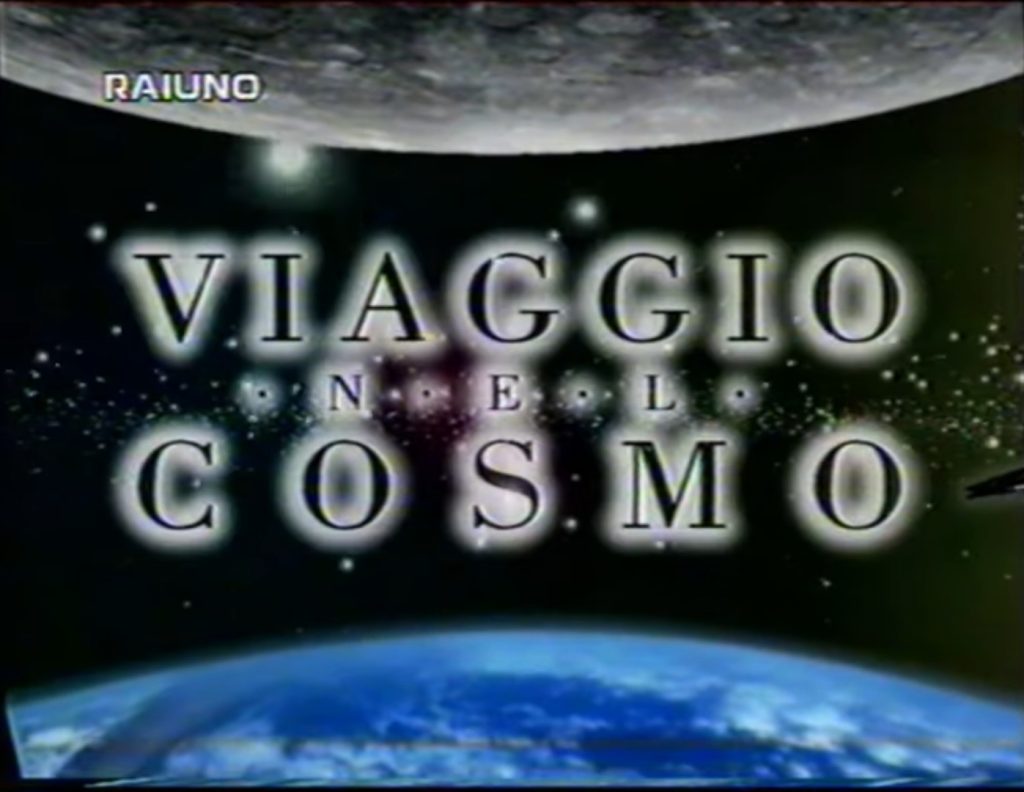Country: United States
Language: English
Genre: Documentary
Format: Television series (1 season, 13 episodes)
Director: Adrian Malone
Production Company: KCET
Network: PBS
Running Time: 60'
Cosmos: A Personal Voyage, the seminal documentary series written and hosted by Carl Sagan, revolutionised the way scientific concepts were communicated to a broad audience. One of its most innovative tools was the use of animation to represent phenomena that, by their very nature, are invisible or incomprehensible through direct observation. This approach was particularly evident in episodes dealing with cosmic entities such as black holes.
The animations employed in Cosmos navigated a delicate balance between scientific accuracy and artistic interpretation. For instance, the visualisation of black holes often relied on computer-generated models inspired by metaphors popular at the time, such as funnels or vortices. These stylized representations served a dual purpose: they provided an intuitive grasp of complex gravitational effects while clearly signalling to the viewer that these were animated simulations rather than direct images of celestial phenomena.
Constraints of early computer animation technology also played a role in defining the aesthetic of these visualisations. The simplified, almost schematic nature of the graphics made the speculative aspects transparent, maintaining a level of scientific integrity without sacrificing clarity. This conscious delineation helped avoid misleading the audience, fostering both understanding and critical thinking about the limitations of scientific imagery.
The legacy of Cosmos extended far beyond its initial airing, influencing numerous subsequent science communication efforts worldwide. In Italy, Viaggio nel cosmo (1998) by Piero Angela drew inspiration from Sagan’s work, adopting a similar narrative style that blended scientific rigour with engaging storytelling.
In 1986, Cosmos underwent a significant revamp, featuring updated animations powered by more advanced computer graphics technology. This reimagining allowed for richer visual details and more dynamic representations of cosmic phenomena, reflecting the rapid technological progress in animation and computer-generated imagery (CGI). The new visuals enhanced the educational experience, making complex scientific concepts even more accessible to a broader audience.
The tradition of Cosmos continued with subsequent sequels and remakes, notably Cosmos: A Spacetime Odyssey (2014) and Cosmos: Possible Worlds (2020), hosted by astrophysicist Neil deGrasse Tyson. These iterations embraced cutting-edge animation techniques and cinematic storytelling philosophies, incorporating high-definition CGI and immersive visual effects. While maintaining the educational ethos of the original series, they also explored more spectacular and philosophically resonant themes, reflecting evolving cultural and technological landscapes. The sophisticated visuals, while captivating, further emphasise the importance of critical viewing, as the boundary between scientifically accurate imagery and artistic interpretation becomes increasingly nuanced. As the photorealistic quality of animations has advanced, it has also blurred the line between artistic license and scientific data. The increasing realism can sometimes create the illusion that what is depicted is an exact scientific representation, potentially leading to misconceptions if viewers are unaware of the creative interpretations involved.



